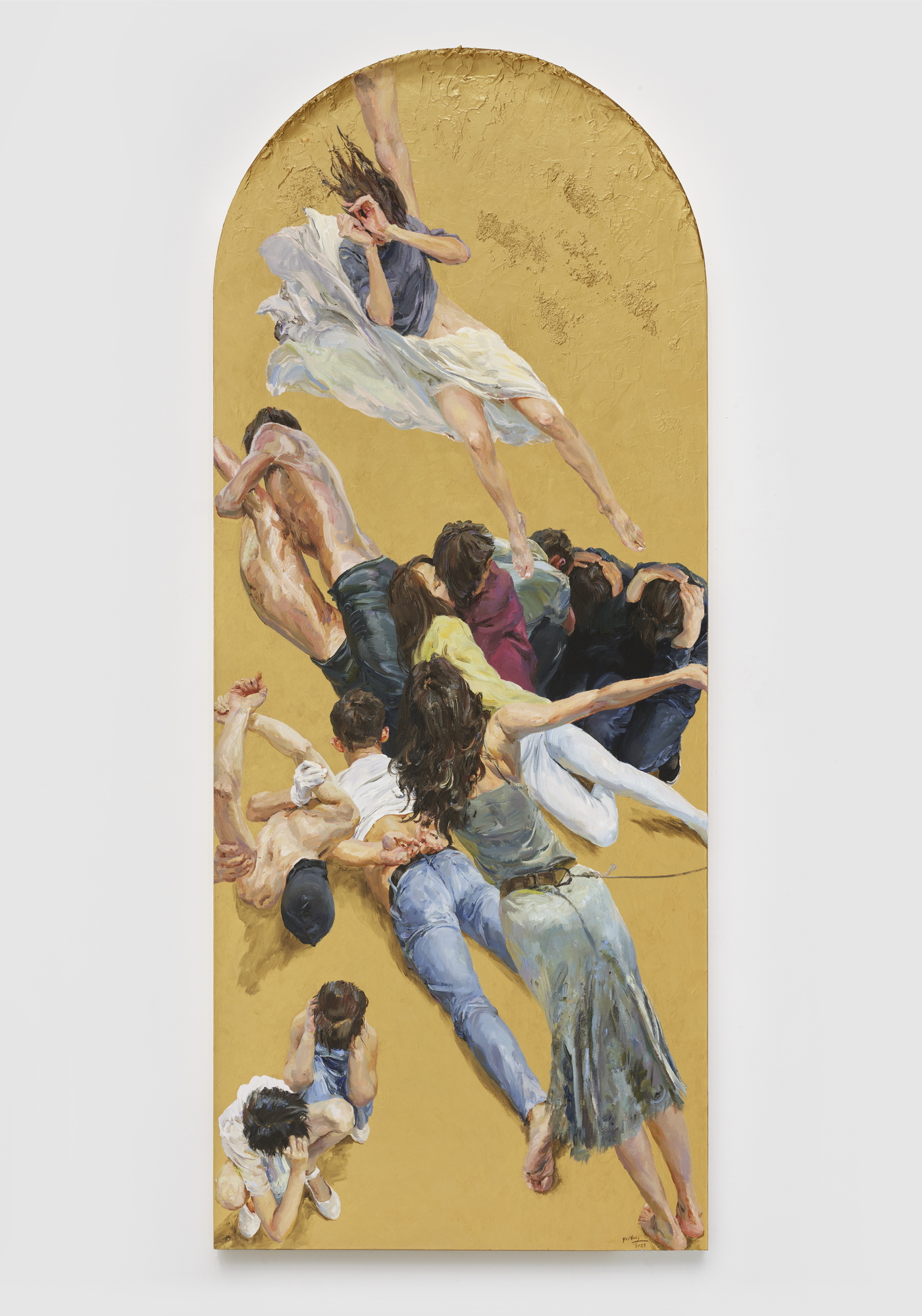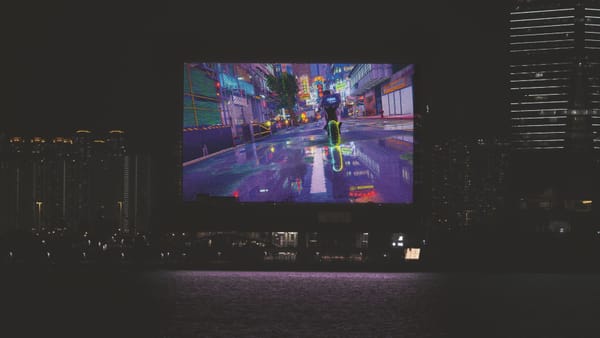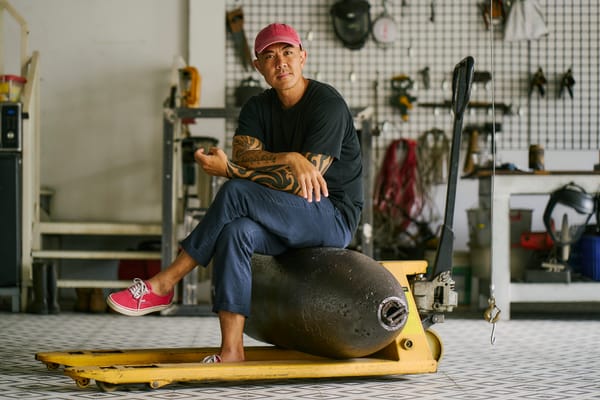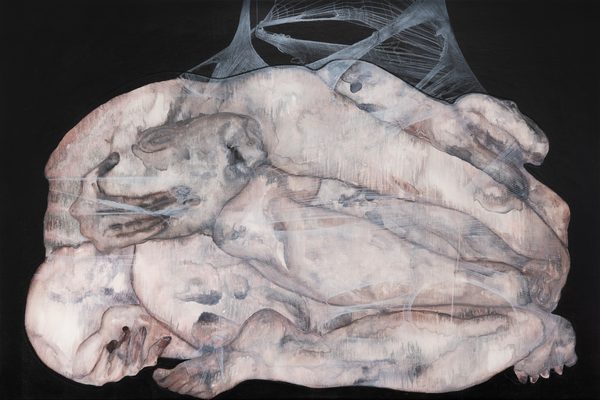People
Yu Hong on “Another One Bites the Dust”
_2021.jpeg)
_2021.jpeg)
Full text also available in Chinese.
“Another One Bites the Dust” at Venice’s Chiesetta della Misericordia is Chinese artist Yu Hong’s first major European exhibition, presented by the Asian Art Initiative of the Guggenheim Museum, New York. Ahead of this year’s Biennale, Yu sat down with ArtAsiaPacific to discuss her new site-specific figurative and narrative paintings that depict themes of birth, life, and death, in both real and fantastical imagery. Amplified by religious edifices from the Byzantine and Italian Baroque eras, Yu’s practice upends the epic themes of sacred art to forge a supernatural realism. Her portrayal of mundane lives tainted by existential terror reflects her observations on the massive social changes brought by China’s rapid globalization and the uncertainty of meaning in the trajectory of unavoidable calamities.
How does the title from Queen’s 1980 song “Another one Bites the Dust” resonate with the artworks you are showing in Venice this year?
I wanted to create a series titled Tumbling in the Dust, inspired by the Chinese writer Lu Xun’s “Random Thoughts, 25.” Although Lu Xun wrote about the Republic of China era before 1949, this phrase still applies today. Whether in China or elsewhere, life is a struggle in the dust—either consciously or forcibly—until it finally returns to dust. When the exhibition was nearing completion and needed an English title, a direct translation didn’t seem appropriate, so we chose this song title from the rock band Queen. Although it does not match exactly with Tumbling in the Dust, they both convey this sense of haste after being hit hard by life. Queen’s song and Lu Xun’s article correspond to the experiences of life in both Chinese and Western cultural contexts. Even though there’s some distance between them, they can resonate with each other.
.jpg)
You use a lot of motifs from Byzantine and Italian Baroque painting in this exhibition to describe the existential terror brought about by contemporary calamities. How does iconography from Baroque art help you deliver the narratives in this exhibition?
Baroque painting is often grand, intertwined, and structurally complex. I enjoy this kind of art, and I apply these elements to my paintings as it enriches them in form and color, as well as allows for a deeper level of interpretation. It also gives the audience more room for reflection.
On a related note, how does your current exhibition interact with the architecture, history, or geography of Chiesetta della Misericordia?
I have been to Venice many times and am deeply impressed by the various styles of churches. When conceiving of this exhibition I wanted to create a dialogue with the religious art, which essentially conveys contemplation on the ultimate questions of life. My exhibition also discusses life and death and various circumstances of life, which somehow connects with the church space. Chiesetta della Misericordia, the church that was chosen for the exhibition, is highly appropriate both in style and in size. Baptized by history, the space possesses a profound sense of time, which fits well with the style and theme of my work. When designing the layout of the exhibition we also adopted a different approach, trying our best to integrate the works into the space to form an organic whole.
I’ve noticed that in many of your paintings the human figures have their faces turned away from the viewers. Why did you prioritize body gestures over facial expressions?
Frontal images are often deliberately posed. People present themselves as they want to be presented. In reality though, people hurry about, lost in their thoughts, and that is actually their true appearance. Also, when you observe people in different movements their facial expressions are unfiltered. By using these physical movements and images I wish to show the true existence and the living state of every human being.


You borrow images from the Internet and social media. What in particular interests you about social media?
Most of the figures in my works come from photographs I took, or from internet searches. Nowadays it’s extremely easy to have access to images, so what has become important is which images you choose. I prefer casual and realistic figures captured in the moment, rather than someone posing for a staged photo.
You’ve exhibited in Venice before (the 1993 and 1997 Venice Biennales). How has your work evolved since then?
When I participated in the Venice Biennale in the 1990s my works were mainly based on my personal perspective, expressing my views on the world. The works included in this exhibition are completely different, as my focus has shifted away from the individual and the ordinary and has set on the common hardships and circumstances faced by humanity, which transcends national and racial boundaries.







